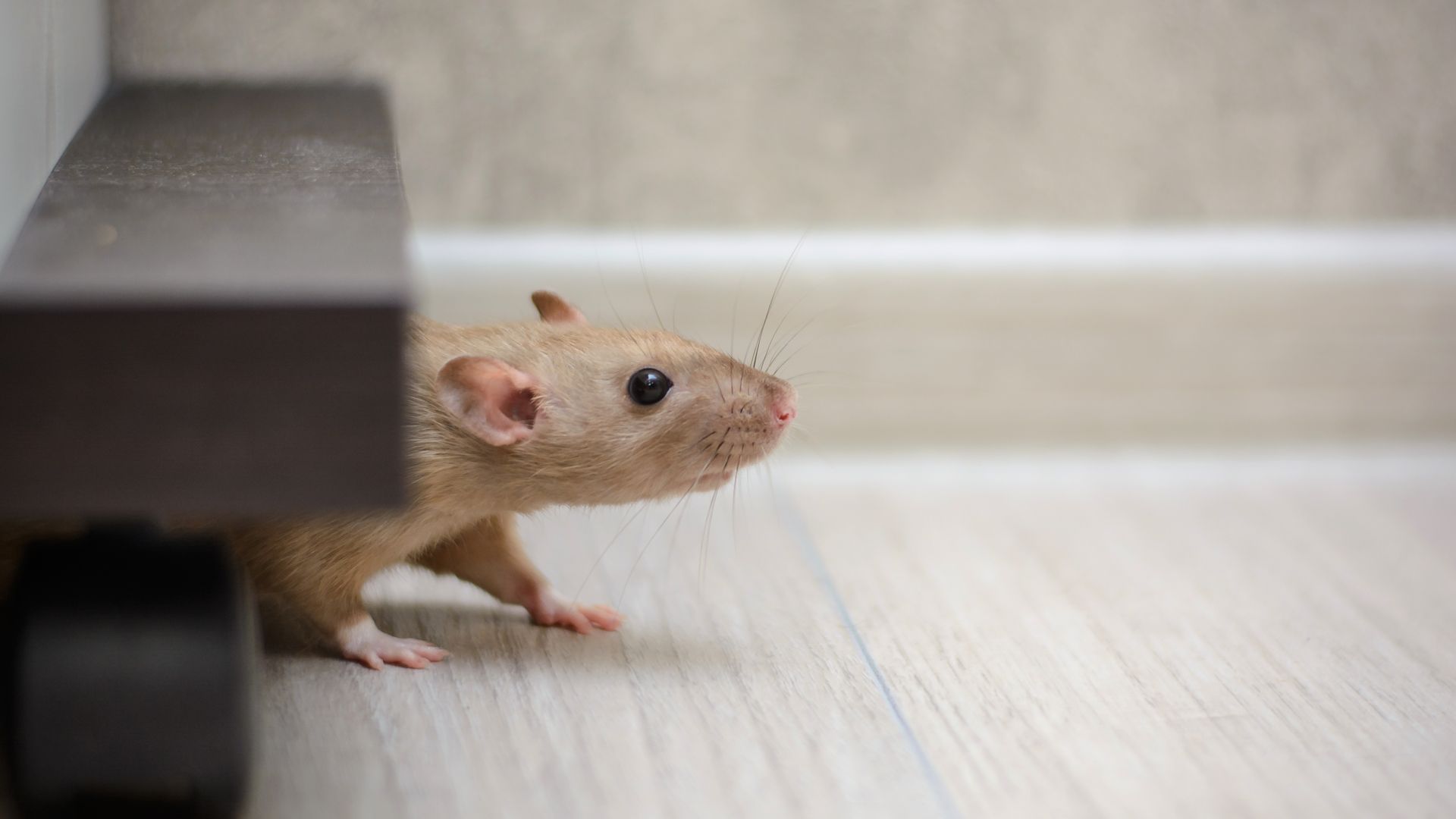Wasps are known to nest in various locations, and their choice of nesting site can vary depending on the species. Here is an overview of where different types of wasps commonly nest, along with some information about their nesting habits:
Ground Nests
Yellowjackets: Many species of yellowjackets build their nests underground. They often locate their nests in abandoned burrows, rodent tunnels, or create their own excavations. These nests can be found in lawns, gardens, and even near buildings.
Cicada Killers: These large wasps dig burrows in sandy or loose soil. They are solitary wasps and create individual nests, often near trees where they hunt cicadas to provision their nests.
Digger Wasps: Similar to cicada killers, digger wasps excavate tunnels in the ground, typically in sandy or loose soil. They are solitary wasps and may nest in gardens or natural areas.
Paper Nests
Bald-Faced Hornets: These hornets build large, spherical paper nests typically high in trees or on structures such as houses and sheds. The nests are made of paper-like material created by chewing wood and mixing it with saliva.
Yellowjackets: Some species of yellowjackets build paper nests in trees, shrubs, or other sheltered locations. These nests are typically smaller than those of bald-faced hornets.
Wood Nests
Wood-Boring Wasps: Certain wood-boring wasps tunnel into wood to create their nests. They can infest wooden structures, fence posts, or dead trees.
Hollow Spaces
European Hornets: These hornets may build nests inside hollow tree trunks, wall voids, or attics. They often chew wood to create a paper-like material for their nests.
Under Eaves and Overhangs
Paper Wasps: Paper wasps build open, umbrella-shaped nests under eaves, roof overhangs, or in shrubs. These nests consist of paper-like cells attached to a central stalk.
Structural Nests
Mud Daubers: These solitary wasps construct nests from mud, often attaching them to the sides of buildings or other structures. Each mud dauber species creates a distinct nest shape, with individual cells containing paralyzed spiders for their larvae.
Some species of wasps, including certain yellowjackets, may build nests within wall voids, attics, or other structural cavities of buildings. These nests can remain hidden until the wasps become active, posing a potential nuisance and safety hazard.
Wasp nests can pose risks to humans, as some wasp species can be aggressive when defending their nests. Therefore, if you suspect a wasp nest on your property or in a location that poses a threat, it is advisable to contact a professional pest control service for safe and effective removal. Attempting to remove a wasp nest on your own can be dangerous, especially if you are allergic to wasp stings.

